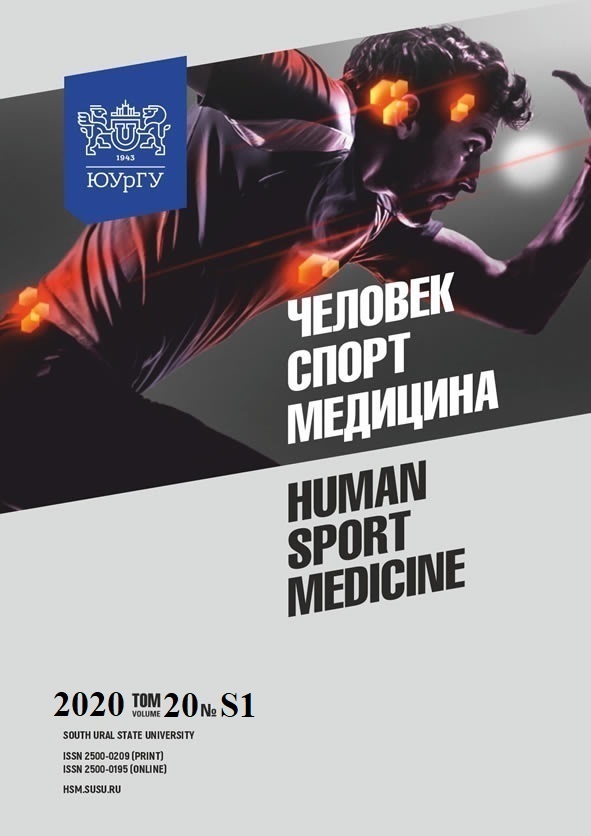PSYCHOPHYSIOLOGICAL FEATURES OF VOLLEYBALL PLAYERS WITH HEARING IMPAIRMENT
Abstract
Aim. The paper aims to reveal the features of the central nervous system and interhemispheric asymmetry in volleyball players with hearing impairment. Materials and methods. The study involved 14 athletes of various sports experience with varying degrees of hearing impairment aged from 20 to 35 years (average age 29.20 ± 1.3 years). Simple visual reaction was studied in terms of the reaction time, reaction stability, and functional capabilities of the nervous system.
To establish the manual asymmetry, the M. Annette questionnaire and motor tests (dynamometry, tests for intertwined fingers, the applause test) were used, the coefficient of the right hand was calculated. When detecting visual asymmetry, the Rosenbach test and the telescope test were used. The coefficient of the right eye was also calculated. Results. It was established that a third of the examined athletes had a symmetric distribution of signs in both the visual and manual spheres. The reliable dependence between symmetric distribution and sports titles was not found. The reaction time in volleyball players with hearing impairment was reduced. The reaction stability and the level of functional capabilities were within the normal range and had a significant dependence on the sports rank and category. Conclusion. It was revealed that volleyball players with hearing impairment formed a special type of interhemispheric interaction characterized by a more uniform distribution between the right and left hemispheres, which resulted in low values of manual and visual asymmetry.
References
References on translit
Copyright (c) 2020 Human. Sport. Medicine

This work is licensed under a Creative Commons Attribution-NonCommercial-NoDerivatives 4.0 International License.















